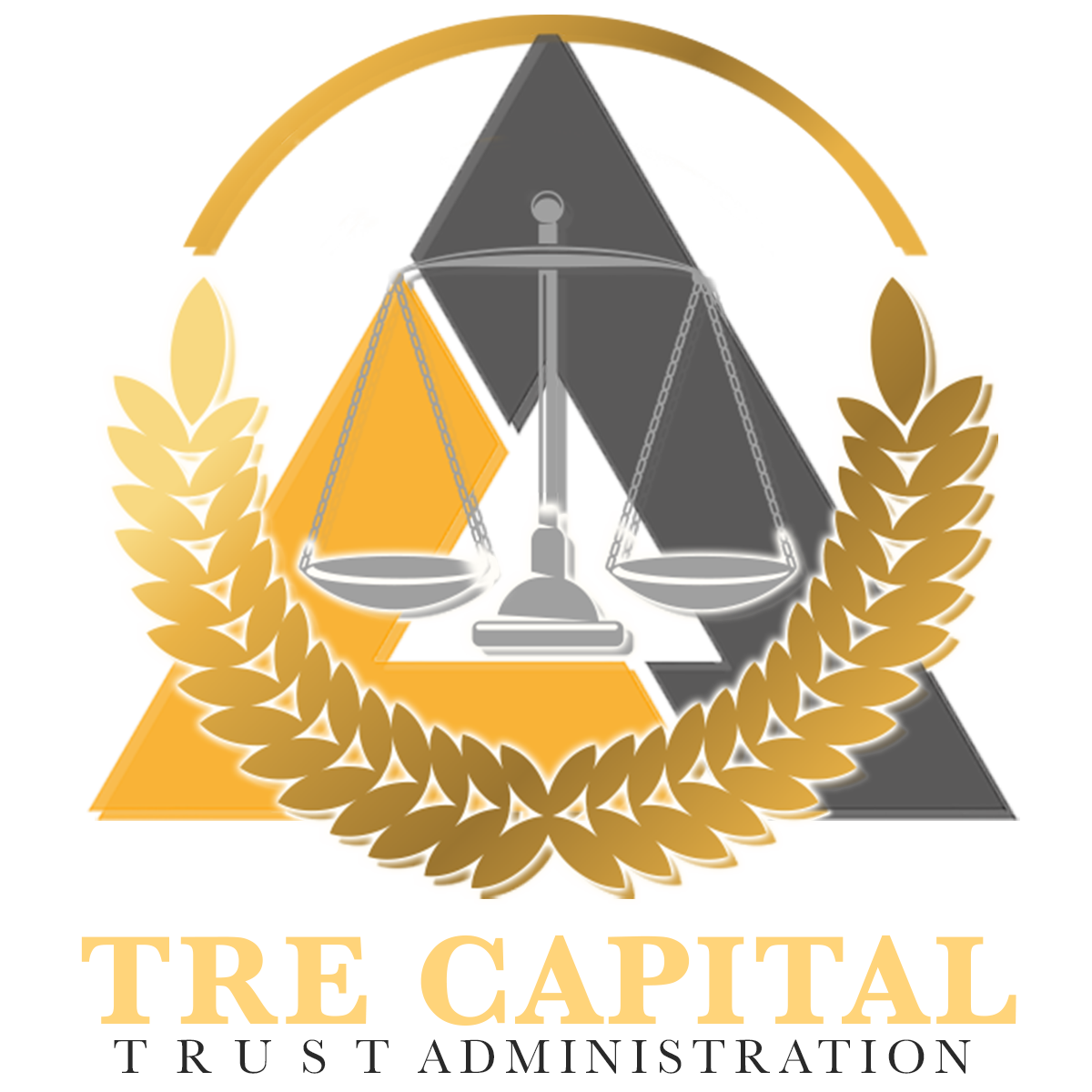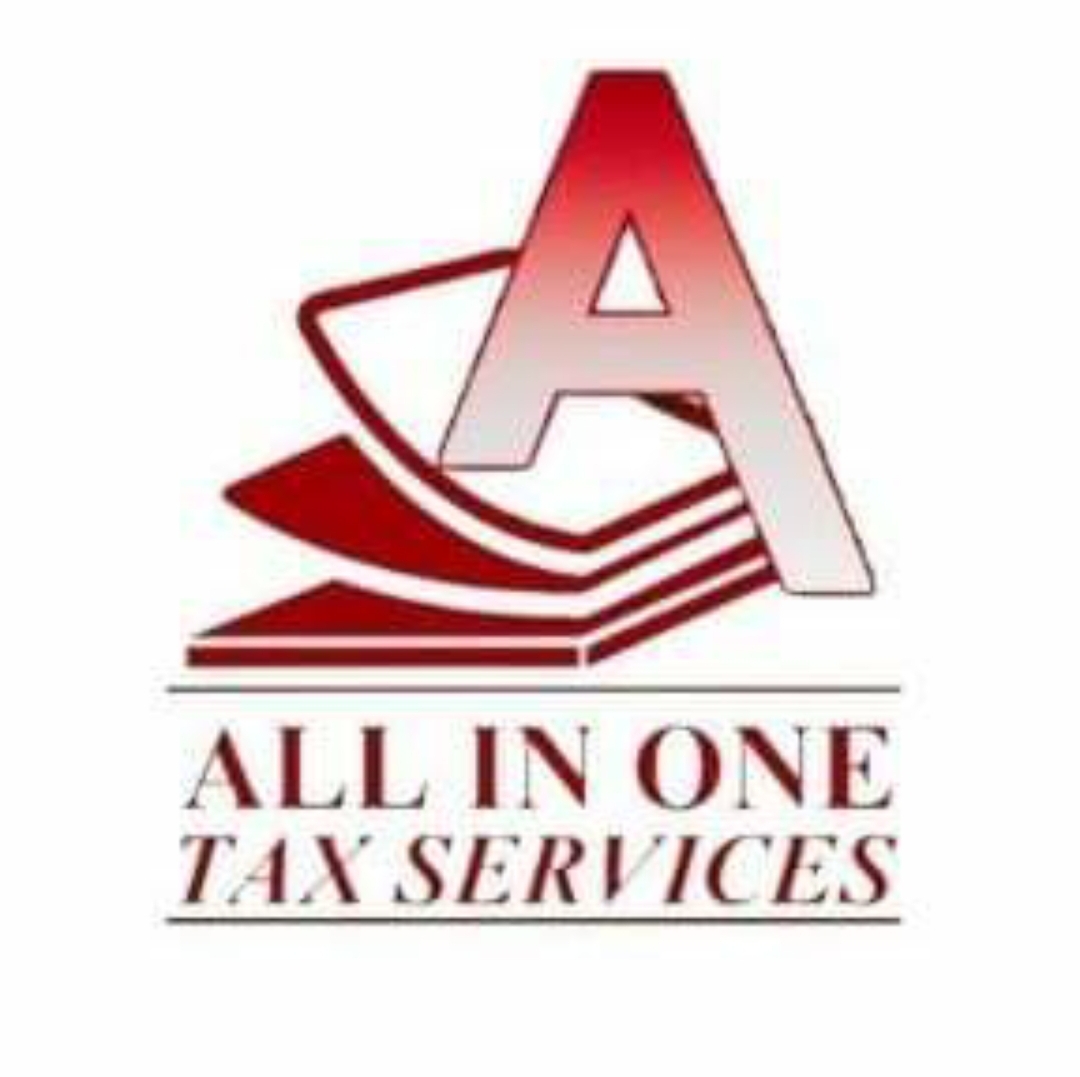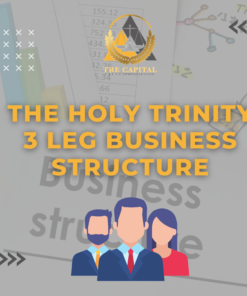501c3 w/ tax exemptional Submission
$850.00
A 501(c)(3) organization is a United States corporation, trust, unincorporated association or other type of organization exempt from federal income tax under section 501(c)(3) of Title 26 of the United States Code.
The basic requirement of obtaining tax-exempt status is that the
organization is specifically limited in powers to purposes that the IRS
classifies as tax-exempt purposes. Unlike for-profit corporations that
benefit from broad and general purposes, non-profit organizations need
to be limited in powers to function with tax-exempt status, but a
non-profit corporation is by default not limited in powers until it
specifically limits itself in the articles of incorporation or nonprofit
corporate bylaws. This limiting of the powers is crucial to obtaining
tax exempt status with the IRS and then on the state level. Organizations acquire 501(c)(3) tax exemption by filing IRS Form 1023. As of 2006
the form must be accompanied by a $850 filing fee if the yearly gross
receipts
for the organization are expected to average $10,000 or more. If
yearly gross receipts are expected to average less than $10,000, the
filing fee is reduced to $400.
There are some classes of organizations that automatically are treated
as tax exempt under 501(c)(3), without the need to file Form 1023:
- Churches, their integrated auxiliaries, and conventions or
associations of churches. A convention or association of churches
generally refers to the organizational structure of congregational
churches.
A convention or association of churches can also refer to a cooperative
undertaking of churches of various denominations that works together to
perform religious activities. - Organizations that are not private foundations and that have gross receipts that normally are not more than $5,000
The IRS released a software tool called Cyber Assistant in 2013, which was succeeded by Form 1023-EZ in 2014.
There is an alternative way for an organization to obtain status
if an organization has applied for a determination and either there is
an actual controversy regarding a determination or the Internal Revenue
Service has failed to make a determination. In these cases, the United States Tax Court, the United States District Court for the District of Columbia, and the United States Court of Federal Claims have concurrent jurisdiction
to issue a declaratory judgment of the organization’s qualification if
the organization has exhausted administrative remedies with the Internal
Revenue Service.
Prior to October 9, 1969, nonprofit organizations could declare
themselves to be tax-exempt under Section 501(c)(3) without first
obtaining Internal Revenue Service recognition by filing Form 1023 and
receiving a determination letter.
A nonprofit organization that did so prior to that date could still be
subject to challenge of its status by the Internal Revenue Service.
The two exempt classifications of 501(c)(3) organizations are as follows:
- A public charity, identified by the Internal Revenue Service
(IRS) as “not a private foundation”, normally receives a substantial
part of its income, directly or indirectly, from the general public or
from the government. The public support must be fairly broad, not
limited to a few individuals or families. Public charities are defined
in the Internal Revenue Code under sections 509(a)(0) through 509(a)(4). - A private foundation,
sometimes called a non-operating foundation, receives most of its
income from investments and endowments. This income is used to make
grants to other organizations, rather than being disbursed directly for
charitable activities. Private foundations are defined in the Internal
Revenue Code under section 509(a) as 501(c)(3) organizations, which do
not qualify as public charities.
Be the first to review “501c3 w/ tax exemptional Submission” Cancel reply
Shipping Policy
This Shipping Policy applies to all purchases made through The Malachian Empire and its affiliated companies or stores within its marketplace (collectively referred to as "the Marketplace"). By placing an order, you agree to the terms and conditions outlined in this policy.
- Shipping Carriers and Services: The Marketplace utilizes various shipping carriers and services to deliver orders, depending on the destination, size, and weight of the package. These carriers may include, but are not limited to, UPS, FedEx, DHL, and USPS. The specific carrier and service will be selected at the sole discretion of the Marketplace, unless otherwise specified or requested by the customer at the time of order.
- Shipping Rates: Shipping rates are calculated based on the destination, size, and weight of the package, as well as the selected shipping service. Rates will be displayed during the checkout process, prior to finalizing the order. The Marketplace reserves the right to adjust shipping rates at any time without prior notice.
- Shipping Timeframes: The Marketplace aims to process and ship orders within a reasonable timeframe, typically within 1-3 business days after the order is placed. However, processing times may vary depending on the availability of items and the volume of orders. Once shipped, the delivery time will depend on the shipping service selected and the destination. The Marketplace is not responsible for any delays caused by the shipping carrier or other factors beyond its control.
- Order Tracking: Once your order has been shipped, you will receive a shipping confirmation email with tracking information. You may also access the tracking information by logging into your account on the Marketplace's website.
- International Shipping: The Marketplace ships to select international destinations. International orders may be subject to customs duties, taxes, and fees imposed by the destination country, which are the responsibility of the customer. The Marketplace is not responsible for any delays due to customs clearance or other factors beyond its control.
- Shipping Address Accuracy: It is the customer's responsibility to provide accurate and complete shipping information at the time of order. The Marketplace is not responsible for any delays or additional costs resulting from incorrect or incomplete shipping addresses. If a package is returned to the Marketplace due to an incorrect or undeliverable address, the customer will be responsible for the cost of reshipping the item.
- Damaged or Lost Packages: If your package arrives damaged, please contact the Marketplace's customer service team within 48 hours of delivery. The Marketplace will work with the shipping carrier to investigate the issue and, if necessary, arrange for a replacement or refund. If your package is lost or not delivered within the expected timeframe, please contact the Marketplace's customer service team for assistance. The Marketplace is not responsible for packages that are confirmed as delivered by the shipping carrier but are not received by the customer.
By placing an order with The Malachian Empire or any affiliated companies or stores within its marketplace, you agree to the terms and conditions outlined in this Shipping Policy.
Refund Policy
At Malachian Empire, we strive to provide our customers with high-quality products and services. We understand that sometimes, despite our best efforts, customers may need to return or exchange a product or service. To ensure a smooth and hassle-free return process, we have established the following refund policy:
We offer cash refunds for products and services purchased through Malachian Empire within 7 days of purchase. However, after 7 days, we do not offer cash refunds. Instead, we provide store credit for all products and services returned within 30 days of purchase.
Please note that we strongly encourage our customers to make sure that they fully understand the product or service they are acquiring before making payment. It is important to carefully read the product description, review product images, and check product specifications to ensure that it meets your needs.
If you are unsure about a product or service, please do not hesitate to contact our customer service team. Our team is available to answer your questions, provide product recommendations, and assist you in making an informed decision before making a purchase.
In the event that you need to return or exchange a product or service, please contact our customer service team within the specified timeframe. We require that all returned products and services are in their original condition and packaging, with all accompanying materials and documentation. Any products or services that have been used or damaged may not be eligible for a refund or store credit.
We appreciate your business and your trust in Malachian Empire. If you have any questions or concerns about our refund policy, please do not hesitate to contact us.
Cancellation / Return / Exchange Policy
At Malachian Empire, we strive to provide our customers with high-quality products and services. We understand that sometimes, despite our best efforts, customers may need to return or exchange a product or service. To ensure a smooth and hassle-free return process, we have established the following refund policy:
We offer cash refunds for products and services purchased through Malachian Empire within 7 days of purchase. However, after 7 days, we do not offer cash refunds. Instead, we provide store credit for all products and services returned within 30 days of purchase.
Please note that we strongly encourage our customers to make sure that they fully understand the product or service they are acquiring before making payment. It is important to carefully read the product description, review product images, and check product specifications to ensure that it meets your needs.
If you are unsure about a product or service, please do not hesitate to contact our customer service team. Our team is available to answer your questions, provide product recommendations, and assist you in making an informed decision before making a purchase.
In the event that you need to return or exchange a product or service, please contact our customer service team within the specified timeframe. We require that all returned products and services are in their original condition and packaging, with all accompanying materials and documentation. Any products or services that have been used or damaged may not be eligible for a refund or store credit.
We appreciate your business and your trust in Malachian Empire. If you have any questions or concerns about our refund policy, please do not hesitate to contact us.
General Inquiries
There are no inquiries yet.
Related products
Business
Business
Business
Business














Reviews
There are no reviews yet.